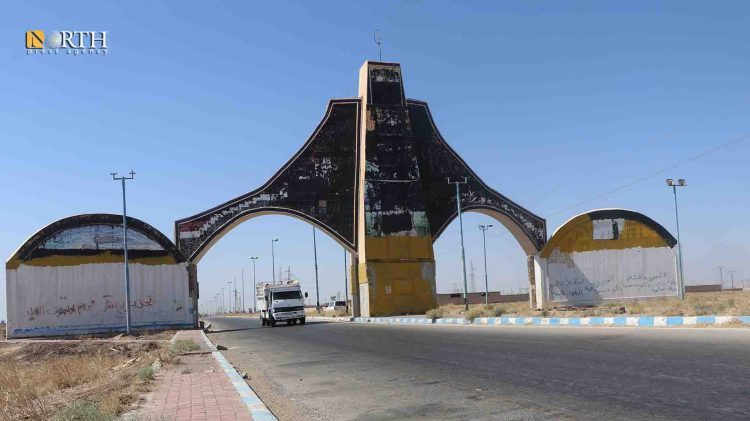Security operations and incursions that have emerged over the past two days in Deir-ez-Zor governorates in eastern Syria and Raqqa have carried the features of local resistance launched against regime forces and Iranian militias. Their pace escalated without announcing who adopted them.
Successive attacks have recently targeted the Syrian regime forces in the heart of its strongholds in the east of the country. These operations are remarkable in terms of style and location, as they took place in areas considered fortified by security.
The first of these operations took place on May 5th, and led to the assassination of military security assistant, Musa Issa Nisafi, in the town of al-Kharta in the western countryside of Deir-ez-Zor. An explosive device exploded in his car in the center of the town.
Read Also: Hadi al-Bahra: Regime Aims to Eliminate Political Process
On May 6th, the Nahr Media network, which specializes in the eastern region’s news, said that one member of Assad’s forces was killed and another seriously injured, following an attack by unknown assailants at dawn on Friday, targeting a checkpoint near the al-Hada laundry in the center of Ma’dan town in Raqqa countryside. The operation took place in the center of the town, which is considered a command center for regime forces in the Raqqa governorate, after which regime forces imposed a security cordon around the site, and no one claimed responsibility for the attacks.
The attacks came two weeks after an Iranian militia headquarters in the city of al-Bukamal, east of Deir-ez-Zor, was targeted. A huge explosion rocked the al-Hijana area on the night of April 21st. The area includes headquarters belonging to Lebanon’s Hezbollah, the 47th Brigade, and the homes of revolutionary guard security chiefs.
Field activist Mohammed al-Khaled told Al-Modon that the escalation of this type of operation in areas controlled by regime forces and Iranian militias in the east of the country raises several questions about who is behind them, especially since ISIS, which has been active for years in the region, has not adopted any of them. The organization is usually “very quick to adopt any operations carried out as usual.”
“The possibility of a further recurrence of these operations in the future is on the table, and could be indicators of local resistance against Assad’s army in its own areas, which reminds us of the beginning of the armed struggle against the Assad regime at the beginning of the revolution –which is not excluded,” al-Khaled said. He added, “There is a popular rejection of the Iranian presence in the region.”
Regime forces and allied militias are under successive attacks in the east of the country, usually with the support of ISIS, as well as airstrikes launched by international coalition aircraft. The latest of these raids was on Saturday morning when the international coalition aircraft targeted an abandoned “missile platform” belonging to the Revolutionary Guard militia in the Area of Hawija Kati’ in Deir-ez-Zor city. The operation came in response to the targeting of the Syrian militia “Hezbollah” an international coalition balloon that was flying over the area of al-Busayrah. It was targeted in front of the tourist hotel building in Deir-ez-Zor city at dawn On Saturday, local sources told Al-Modon.
This article was translated and edited by The Syrian Observer. The Syrian Observer has not verified the content of this story. Responsibility for the information and views set out in this article lies entirely with the author.


